Overview of Iaas, Pass, and Saas Cloud Service Models
Businesses all over the world are going to pick up the traditional on-premise services they have grown to rely on in favor of cloud computing and services due to the rising popularity of these technologies.
Through the utilisation of IT infrastructures, platforms, software, and applications across the Internet and other wireless networks, cloud-based services have revolutionised the way businesses operate.
There are three key phrases that firms who are thinking about shifting their e-commerce business to the cloud should be aware of:
• Infrastructure as a Service (IaaS).
• Platform as a Service (PaaS).
• Software as a Service (SaaS).
The three primary types of cloud computing available today are IaaS, PaaS, and SaaS.
IaaS, PaaS, and SaaS are the major three cloud service delivery models. Each cloud service model offers a distinct degree of control, security, and scalability and addresses different user and business demands.
IaaS is a cloud service paradigm that provides more control over the system than an on-premises solution does. PaaS streamlines and reduces the cost of creating and delivering apps. SaaS facilitates team communication and access to digital applications.
Models for delivering services using the cloud
There isn’t a cloud service model that works for every type of organisation. When moving from an on-premises to a cloud solution, the best option will largely depend on how many “layers” a company can or wants to outsource to their service provider. Additionally, businesses can combine various cloud service models to serve a variety of needs.
Let’s examine each model of cloud computing service in more detail.
IaaS (Infrastructure as a Service):
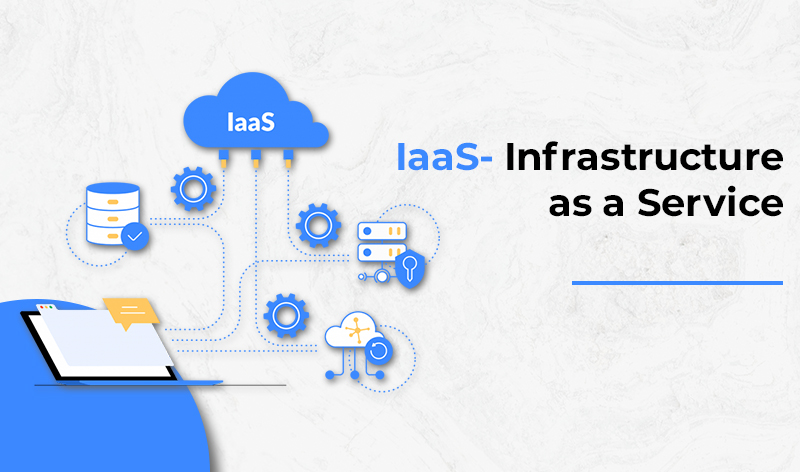
Technology as a Service gives organisations access to high-standard data centre technologies and capabilities. By doing this, businesses offload the high expense and complexity of setting up and managing physical servers. Companies do not need to physically manage their infrastructure; instead, they can access it via a dashboard or API.
Companies have a lot of freedom with this cloud service approach. They can buy computing resources when they need them, which increases efficiency and scalability. Additionally, businesses that outsource their infrastructure also delegate its setup, management, and upkeep. IaaS can therefore save both money and time.
IaaS can be used for a variety of things, including launching Web apps, managing a CRM, analysing Big Data, creating backups, and creating disaster recovery plans. Stackscale, AWS, and VMware are a few IaaS instances.
IaaS protection
High levels of security and redundancy are provided by infrastructure as a service, while yet allowing organisations to maintain control over their infrastructure. IaaS gives consumers more control over their data, apps, runtime, middleware, and operating system than SaaS and PaaS do.
IaaS is based on a shared-responsibility paradigm for security.
IaaS providers have the responsibility of guaranteeing total security for the infrastructure, storage, and networking.
IaaS users are in charge of things like network traffic security, access management, and encryption.
Main IaaS advantages
Control: Organizations maintain control over their infrastructure.
Cost-effectiveness: Without significant hardware investments, resources can be purchased when needed.
Automation: Through automation, businesses may increase productivity, efficiency, and security.
Scalability: Businesses can quickly expand and add resources as needed.
Main IaaS concerns:
The IaaS issues vary greatly based on the cloud type selected. Businesses won’t take advantage of the public, private, or hybrid cloud in the same way. In a hybrid or multi-cloud system, management and interoperability between environments rank among the top concerns, whereas vendor lock-in and performance difficulties may be major worries in a public cloud. In addition, features differ considerably amongst providers.
PaaS (Platform as a Service):
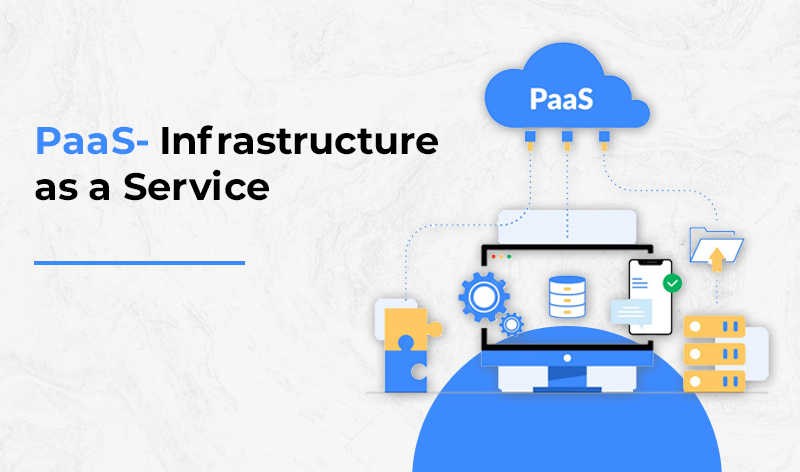
PaaS is a cloud service model that gives developers access to a ready-to-use development environment so they can concentrate on creating and running high-quality code to produce unique apps.
Developers can create scalable and highly available apps without worrying about the OS, storage, or upgrades thanks to Platform as a Service, which is offered via the web. It offers a platform that programmers can utilise to create, oversee, distribute, and test software applications.
This cloud service architecture streamlines and reduces the cost of the application development process. Multiple users can access PaaS using the same development tool. It incorporates database engines, web services, etc. to assist developers with the creation, testing, and deployment of apps.
Platform as a Service users only have control over the things that are built on the platform, but cloud-based platform services expedite innovation. Therefore, they are unable to prevent the effects of OS or hardware issues on the performance of their applications. Others, like access control or anti-malware, are within their authority.
OpenShift, Heroku, and Apache Stratos are a few PaaS examples.
Main PaaS advantages
Easy to use: Simple and affordable application development, testing, and deployment.
Productivity: With less code and greater ease, developers may create customised, highly accessible, scalable apps.
Agility: Faster invention.
Collaboration: It improves communication amongst teams working in various locations.
Main PaaS concerns:
– Data protection.
– Vendors’ lock-in and interoperability.
– Adaptability and integration.
– Operational constraints
– Runtime.
SaaS (Software as a Service):
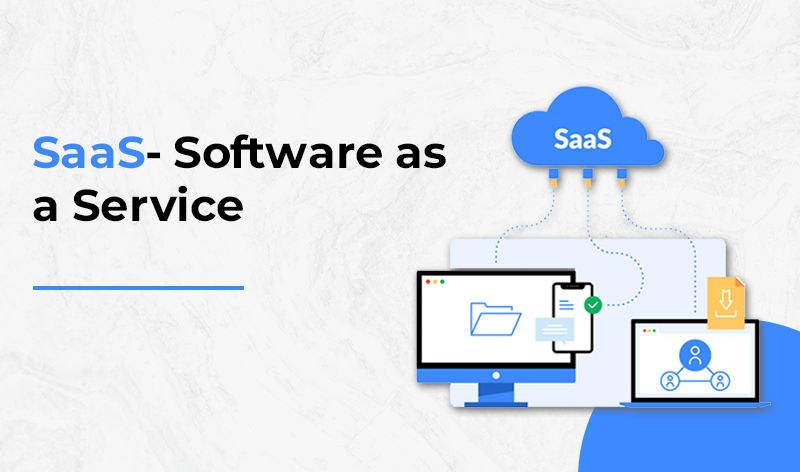
SaaS, or software as a service, is a cloud service paradigm that involves providing consumers with cloud-based applications over the Internet. Customers get access to online-hosted software through subscription services or outright purchases.
Users can access apps hosted on their network via SaaS cloud providers using a browser or an app on a variety of devices. On-demand software and cloud application services are other names for software as a service.
Software as a service (SaaS) companies are in charge of creating, hosting, maintaining, and updating the software. Users don’t need to install or host any software locally; they just need to log in to start utilising it online. This saves time for IT staff who would otherwise have to download and install software on each employee’s PC. This implies that end users do not have much control over it, though. For certain businesses, this lack of control might be a disadvantage.
Service-based software the most widely used cloud computing service. Each of us makes use of various SaaS solutions on a regular basis. Due to its simplicity in deployment, use, management, and scaling, cloud-based software is frequently utilised by enterprises to develop their operations. SaaS has also made team collaboration a lot simpler over the past few decades.
Main SaaS advantages
Efficiency: By outsourcing the installation, management, and updating of software applications, time and money can be saved.
Saves time: The IT team is free to devote their time to more worthwhile, difficult jobs.
Updates on a regular basis: UX enhancements and upgrades.
Accessibility: Users can use any compatible device and access the software from anywhere.
Main SaaS concerns:
-Data protection.
-Restrictions on features and customization.
-Vendors’ lock-in and interoperability.
-Integration assistance.
-Performance.
Examples of IaaS, PaaS and SaaS
IaaS
• Stackscale
• Amazon Web Services
• Google Cloud
• VMware
• Microsoft Azure
• OVH
• Rackspace
PaaS
• Heroku
• Google App Engine
• OpenShift
• Apache Stratos
• Flynn
• Cloud Foundry
SaaS
• Acumbamail
• Salesforce
• Gmail
• Google Drive
• Dropbox
• Slack
• Trello
• GoToMeeting
A comparison between IaaS, PaaS, and SaaS
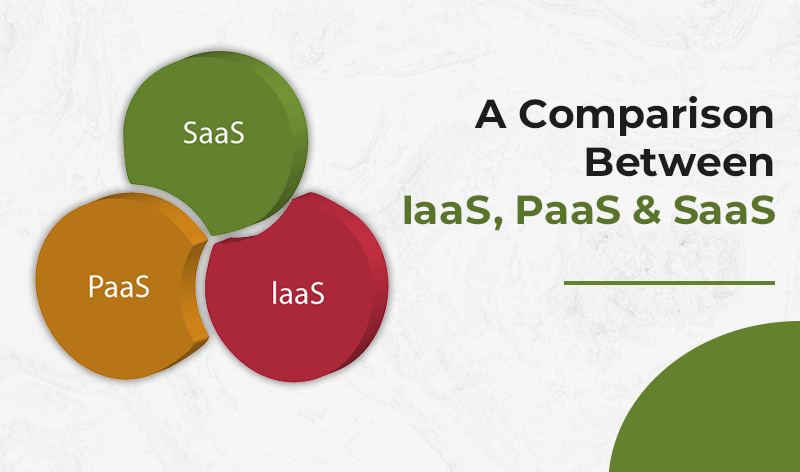
| IaaS | PaaS | SaaS |
|---|---|---|
| Resources for computing, storage, and networking. | Environments for development and deployment. | Cloud-based applications. |
| Accessed by an API or dashboard. | Web-based access. | Accessed via a browser or application. |
| Pay-per-use or pay-as-you-go options are available. | Available with a pay-per-use model. | Accessible without charge, via subscription, or for purchase. |
| IT administrators and network architects. | Software developers. | End users. |
In conclusion, the IaaS model provides businesses with the computing resources they require to host, create, and maintain their services. The PaaS concept offers developers a space to create and launch applications. Software is distributed to individuals and businesses via the Internet using the SaaS model.
The capabilities and advantages that each cloud service model offers to enterprises vary. As a result, and as we indicated at the beginning of the post, businesses frequently use all three of these cloud service models at once. Depending on their needs and objectives, businesses can pick from a variety of cloud-based IaaS solutions.
If you’re interested in learning more, get in touch with us for a detailed analysis of the best sources for both beginners and specialists. For Cloud Service Models, contact Nettyfy Technologies a Leading Software Development company to grow your business in this web-based world.

